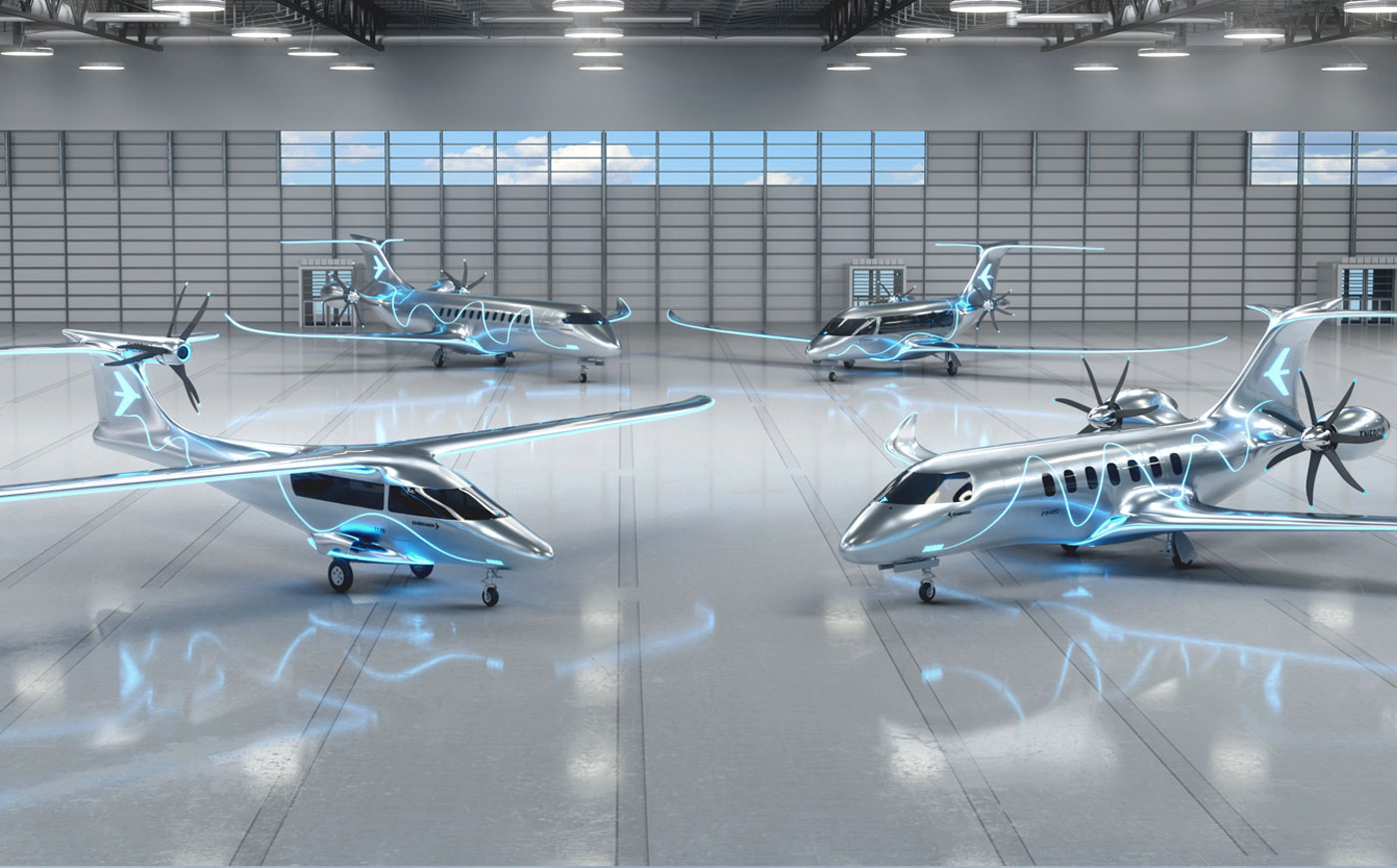SAO PAULO, BRAZIL — Embraer is expected to indefinitely delay the launch of its upcoming 70-90-seat turboprop airliner program, also known as the NGTP, since the current technical, economic, and market conditions are simply not ideal.
If ultimately confirmed, this development would contradict the initial statements made by the Brazilian planemaker up until not long ago, as the company signaled the start of the program at some point this year.
Embraer has already stated that it would finalize an engine selection by the end of 2022. It even asked potential suppliers to submit their proposals, including other essential components and systems for the aircraft.
Rumors about a potential delay emerged following an official public statement by Embraer that the company would concentrate on the development of 19- to 30-seat hybrid-electric planes powered by hydrogen fuel cells as part of its future zero-emission concept called Energia.
There’s a fairly clear distinction between the timelines associated with the debut of two aircraft types that Embraer currently has in the planning stages. The new generation turboprop was scheduled to hit the market around 2028 or 2029, while the hybrid-electric model is planned to enter service at least half a decade after that.
Originally, Embraer was planning to announce its new turboprop aircraft program in 2023, presumably at the Paris Air Show. In the beginning of the 2022 summer, CEO Francisco Gomes Neto commented that the South American airframer was in the process of probing options to fund the NGTP program and subsequent development efforts necessary to move the project forward. He also noted they would conclude the engine selection in the second half of the year.
Pratt & Whitney and Rolls-Royce were competing for the engine that would power the Brazilian aircraft manufacturer's new turboprop aircraft. Pratt & Whitney was said to be intending to rely on its recently announced PW127XT engine powering the Franco-Italian manufacturer's ATR 42s and 72s. On the other hand, Rolls-Royce was likely to work on an entirely new design.


